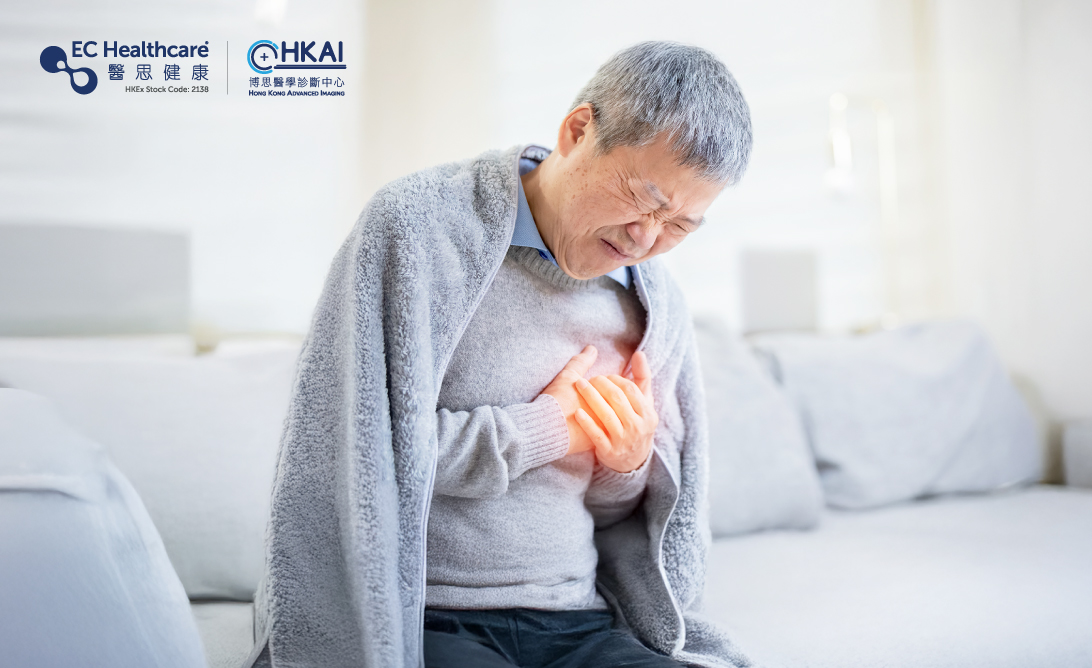Temperature Drops, Cardiovascular Diseases Lurk! 5 Essential Health Guidelines


This year, sudden and drastic drops in temperature are becoming more frequent. Within a day, you may go from wearing short sleeves to needing a thick, cozy jacket. It's crucial to recognize that such weather fluctuations pose a high risk for cardiovascular diseases and can be potentially life-threatening. Learn these 5 essential health guidelines to minimize the impact of low temperatures on your well-being and effectively prevent cardiovascular disease episodes!

Why Cardiovascular Diseases Are More Common in Cold Weather?
During cold weather, the sympathetic nervous system becomes stimulated, causing blood vessels to constrict significantly, leading to reduced blood and oxygen supply throughout the body. Blood becomes thicker, resulting in increased blood pressure. Additionally, body heat primarily stays in the central regions of the body. All these factors place added strain on the heart, thereby increasing the risk of cardiovascular diseases. Notably, during the winter season, the likelihood of heart attacks and acute strokes increases, along with a rise in cases of cardiovascular disease-related deaths and heart failure. Older individuals, those with “the 3-hypers”, obesity, chronic illnesses, a history of stroke, or angina should exercise extra caution.
5 Essential Health Guidelines
1. Warmth:
Always keep your body warm or hot. For example, before going to bed, keep warm clothing within reach so that you can easily put them on upon waking up. Drink warm water throughout the day to warm your body and prevent blood from becoming too thick, which can lead to increased blood pressure.
2. Rise:
Avoid rushing when getting out of bed. In the low temperatures of day and night, our bodies may not be as responsive. Whether it's going to the bathroom in the middle of the night or getting up in the morning, it's important to move your limbs and stretch in bed first. This helps warm up the body and promotes blood flow to the extremities, enhancing circulation.
3. Take It Slow:
Avoid sudden movements after getting out of bed to prevent a rapid increase in blood pressure, which can lead to dizziness or even a burst blood vessel. After warming up your body, slowly sit up and dress yourself calmly, starting your day and engaging in daily activities with a sense of tranquility.
4. Dress:
When going outdoors, ensure you wear enough clothing, following the layering technique like an onion or corn. The outermost layer should be windproof or waterproof, easy to put on and take off. Pay attention to keeping your head, neck, and limbs warm, and consider wearing hats, masks, scarves, gloves, and other accessories as needed to enhance protection against the cold.
5. Move:
Indeed, staying active can help with blood circulation, but in the chilly mornings and evenings, it's advisable for individuals who have a morning exercise routine to delay waking up and going out for physical activity. It's better to wait until the sun rises and the temperature slightly increases before heading outdoors. Additionally, make sure to warm up adequately before exercising, and it's recommended for high-risk individuals to exercise with a family member or friend for added safety.









